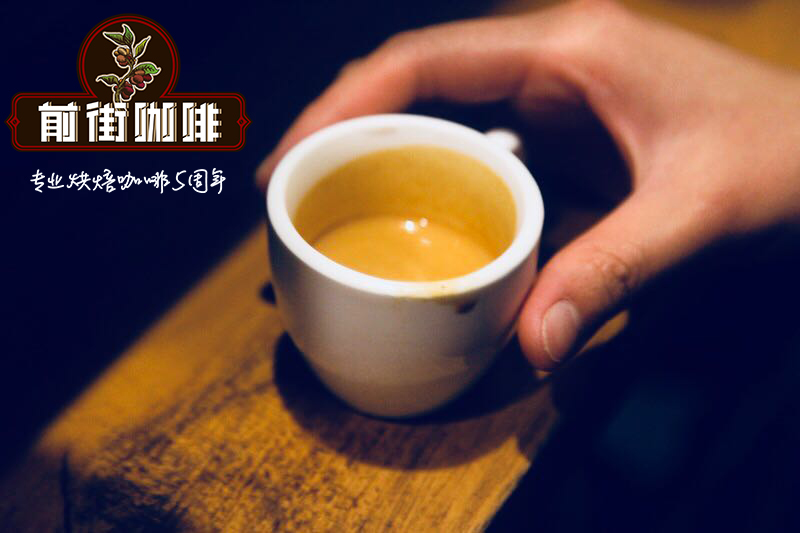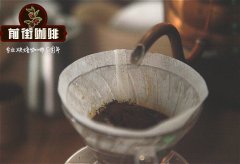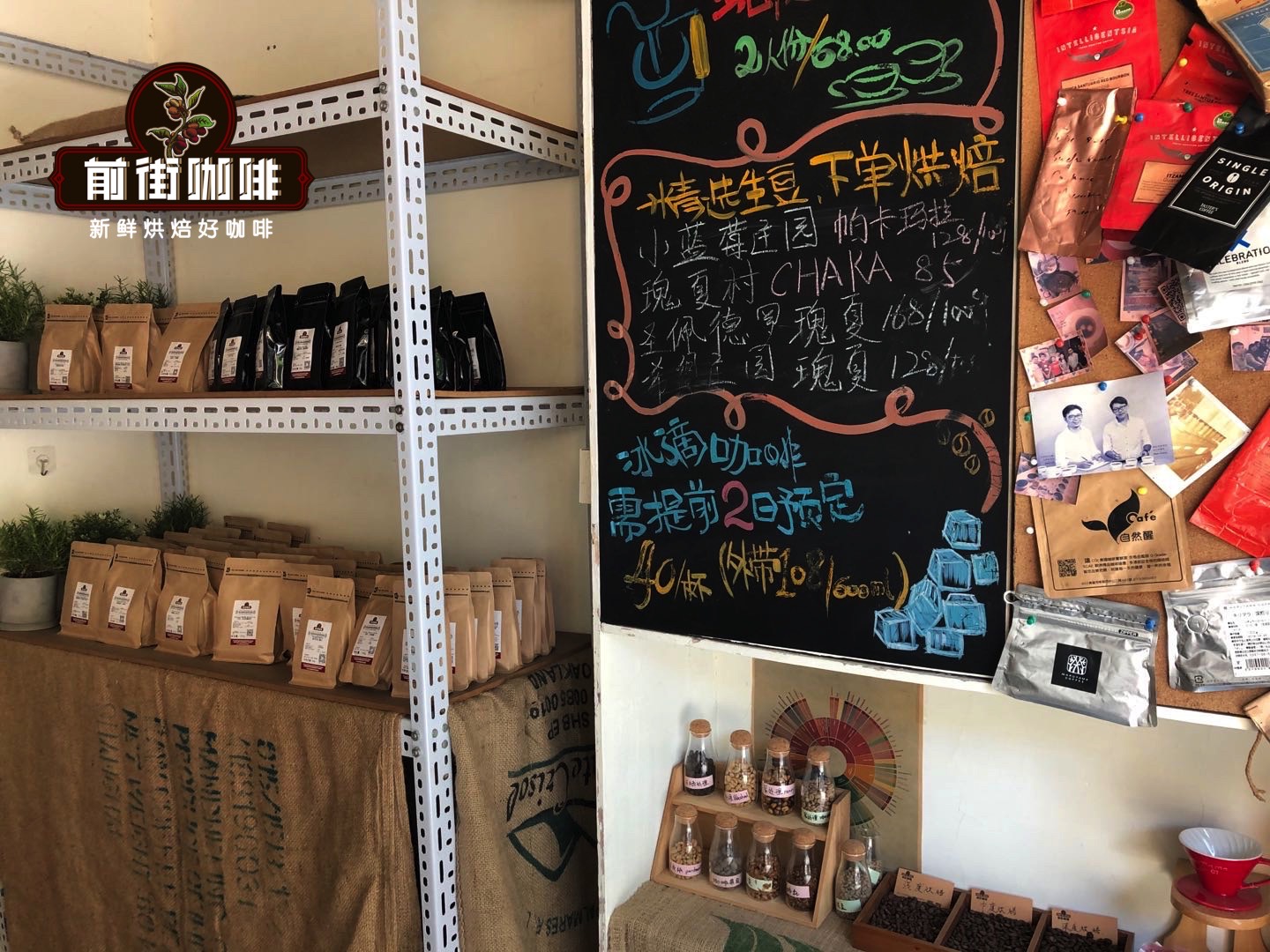Kenya coffee origin introduction and Kenya AA flavor characteristics description
Kenyan coffee beans
Coffee entered Kenya in the 19th century, when Ethiopian coffee drinks were imported into Kenya through southern Yemen. But it was not until the beginning of the 20th century that the Bourbon Coffee Tree was created by St. Austin Mission (St). Austin Mission) is introduced. Kenyan coffee is mostly grown at an altitude of 1500 to 2100 meters and is harvested twice a year. To ensure that only ripe berries are picked, people must tour the forest about seven times. Kenyan coffee is grown by small farmers. After they harvest the coffee, they first send the fresh coffee beans to the cooperative cleaning station. The washing station sends the dried coffee to the cooperative in the form of "parchment coffee beans" (that is, coffee beans covered with endocarp) to the cooperative ("parchment coffee beans" is the last state of coffee beans before peeling). All the coffee is collected together, and the growers charge the average price according to their actual quality. This trading method generally works well and is fair to both growers and consumers.
The Kenyan government takes the coffee industry very seriously, where it is illegal to cut down or destroy coffee trees. Kenyan coffee buyers are world-class buyers of premium coffee, and no country can grow, produce and sell coffee on a continuous basis like Kenya. All coffee beans are first acquired by the CBK (coffee Board of Kaeya), where they are identified, rated, and then sold at weekly auctions, where they are no longer graded. Kenya Coffee Council only acts as an agent, collecting coffee samples and distributing them to buyers so that they can determine the price and quality. The auction in Nairobi is for private exporters, and the Kenya Coffee Commission pays growers less than the market price. the best coffee is bean-shaped berry coffee (PB), followed by AA++, AA+, AA, AB and so on. Good coffee is bright, delicious and slightly alcoholic.
Auctions are also organized to meet the needs of dispatchers. This kind of auction usually has a small auction volume (3-6 tons each), with samples with the grower's logo for buyers to enjoy. After the auction, the exporters pack according to different flavors, different qualities and the quantity required by the blenders. This provides a great deal of flexibility for the dispatcher. Quality-conscious Germans and Scandinavians are long-term buyers of Kenyan coffee.
Kenya AA
Kenya is located in East Africa, right on the equator, with the Indian Ocean to the east, Ethiopia to the north and Tanzania to the south.
Kenyan coffee is characterized by obvious fruit aromas and acidity, with a hint of wine in the full-bodied taste. Kenyan coffee is mostly grown in the southwest and east of the plateau, the varieties are Arabica species, and are washed coffee, the common varieties are Bourbon, Typica, Kents, Riuri 11 and other four varieties.
The bright fruit aroma and acidity of Kenyan coffee in shallow roasting is regarded as like fruit tea, which shows its unique flavor. Among them, the well-known Kenyan AA is full of particles and rich in taste, which is well received by the world.

Important Notice :
前街咖啡 FrontStreet Coffee has moved to new addredd:
FrontStreet Coffee Address: 315,Donghua East Road,GuangZhou
Tel:020 38364473
- Prev

The Queen of Coffee--Yerga Shefi Coffee Flavor Features Yerga Shefi Coffee Growing Environment
Professional coffee knowledge exchange More coffee bean information Please pay attention to coffee workshop (Weixin Official Accounts cafe_style) Ethiopia is the first country to discover coffee. It belongs to the most important producing country in terms of coffee quality and output. The annual production quantity is about 350,000 tons. Ethiopia is famous all over the world for its mocha beans produced in Hara, among which Yirgache
- Next

African Coffee producing area and Coffee production area Distribution Map introduction to the Flavor characteristics of Coffee varieties
There are three major coffee producers in Africa [Burundi] Burundi (The Republic of Burundi) is located on the south side of the equator in east-central Africa. It is bordered by Rwanda to the north, Tanzania to the east and south, Congo (Kinshasa) to the west, and Lake Tanganyika to the southwest. There are many plateaus and mountains in the territory, most of which are made up of the plateau on the east side of the East African Rift Valley, with an average elevation of 1600 meters above sea level.
Related
- Detailed explanation of Jadeite planting Land in Panamanian Jadeite Manor introduction to the grading system of Jadeite competitive bidding, Red bid, Green bid and Rose Summer
- Story of Coffee planting in Brenka region of Costa Rica Stonehenge Manor anaerobic heavy honey treatment of flavor mouth
- What's on the barrel of Blue Mountain Coffee beans?
- Can American coffee also pull flowers? How to use hot American style to pull out a good-looking pattern?
- Can you make a cold extract with coffee beans? What is the right proportion for cold-extracted coffee formula?
- Indonesian PWN Gold Mandrine Coffee Origin Features Flavor How to Chong? Mandolin coffee is American.
- A brief introduction to the flavor characteristics of Brazilian yellow bourbon coffee beans
- What is the effect of different water quality on the flavor of cold-extracted coffee? What kind of water is best for brewing coffee?
- Why do you think of Rose Summer whenever you mention Panamanian coffee?
- Introduction to the characteristics of authentic blue mountain coffee bean producing areas? What is the CIB Coffee Authority in Jamaica?

